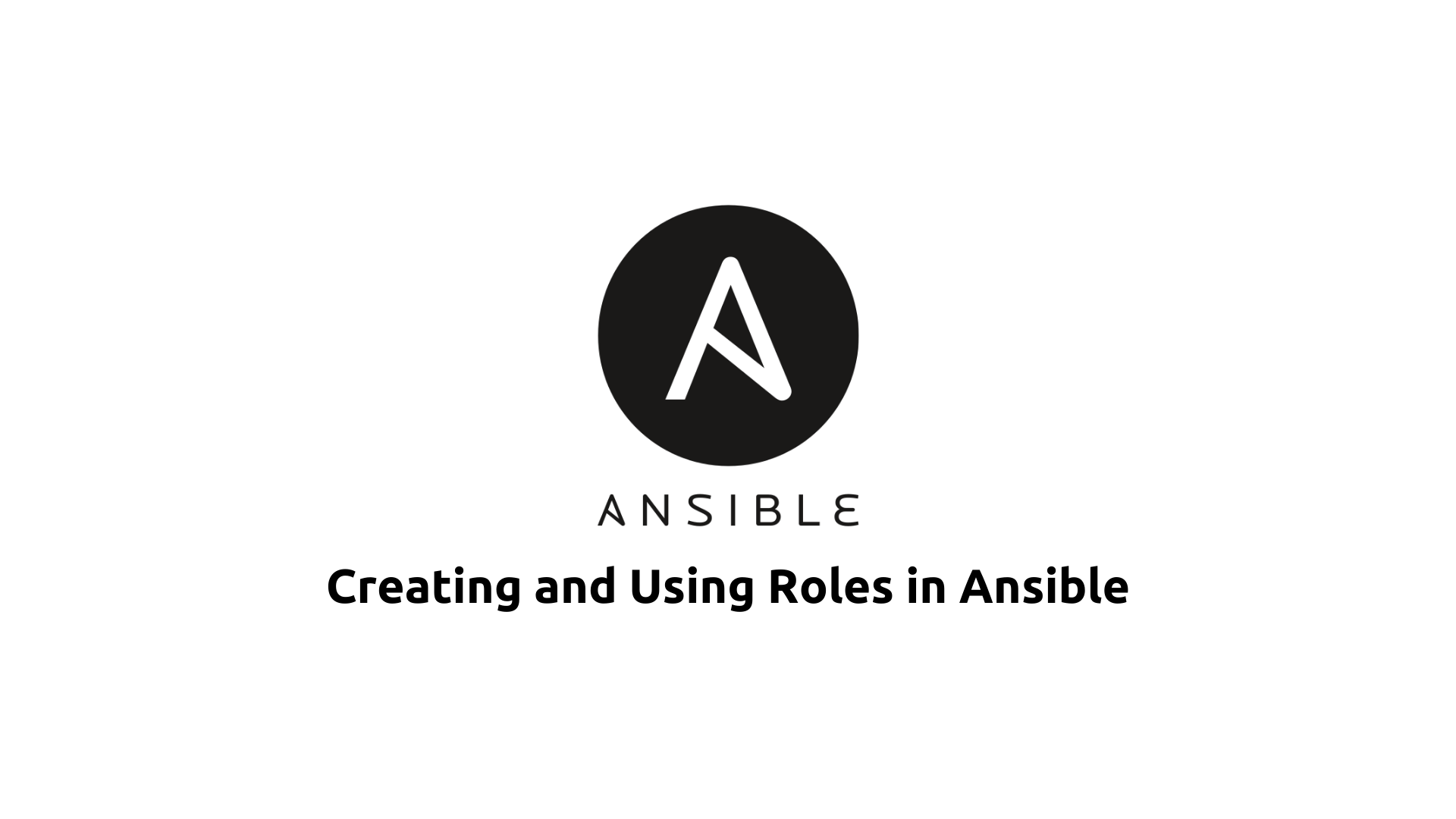Creating and Using Roles in Ansible
 Saurabh Adhau
Saurabh AdhauTable of contents

Introduction
In Ansible, roles are a powerful way to organize and reuse automation logic in a modular and structured manner. Let's explore the process of creating and using roles with examples to understand their functionality better.
Creating a Role
To create a role, we'll follow a specific directory structure and define tasks, handlers, and variables within the role directory.
Example: Let's create a role named web_server to install and configure Apache web server.
Role Directory Structure:
roles/ └── web_server/ ├── tasks/ │ └── main.yml ├── handlers/ │ └── main.yml ├── vars/ │ └── main.yml └── defaults/ └── main.ymlDefining Tasks and Handlers:
tasks/main.yml:
--- - name: Install Apache apt: name: apache2 state: present - name: Start Apache service service: name: apache2 state: startedhandlers/main.yml:
--- - name: Restart Apache service service: name: apache2 state: restartedManaging Variables:
vars/main.yml:
--- apache_port: 80Defining Defaults:
defaults/main.yml:
--- apache_default_index: index.html
Using the Role
Once the role is created, we can use it in a playbook by including its name under the roles key.
Example: Let's create a playbook web_server_playbook.yml to use the web_server role.
web_server_playbook.yml:
---
- name: Configure Web Server
hosts: web_servers
become: yes
roles:
- web_server
In this example:
The playbook includes the
web_serverrole.It specifies that the role should be applied to hosts in the
web_serversgroup.The
become: yesstatement ensures that tasks within the role are executed with elevated privileges.
Conclusion
Creating and using roles in Ansible follows a structured approach, allowing for modular and reusable automation logic. By defining tasks, handlers, variables, and defaults within a role directory, users can encapsulate related automation logic and apply it to different playbooks and projects efficiently.
Subscribe to my newsletter
Read articles from Saurabh Adhau directly inside your inbox. Subscribe to the newsletter, and don't miss out.
Written by

Saurabh Adhau
Saurabh Adhau
As a DevOps Engineer, I thrive in the cloud and command a vast arsenal of tools and technologies: ☁️ AWS and Azure Cloud: Where the sky is the limit, I ensure applications soar. 🔨 DevOps Toolbelt: Git, GitHub, GitLab – I master them all for smooth development workflows. 🧱 Infrastructure as Code: Terraform and Ansible sculpt infrastructure like a masterpiece. 🐳 Containerization: With Docker, I package applications for effortless deployment. 🚀 Orchestration: Kubernetes conducts my application symphonies. 🌐 Web Servers: Nginx and Apache, my trusted gatekeepers of the web.